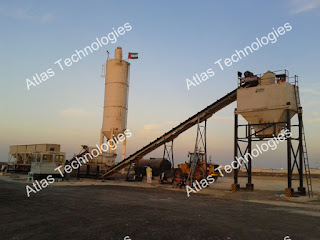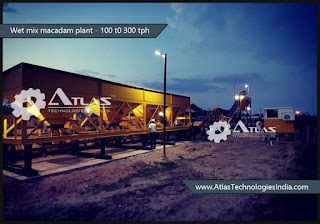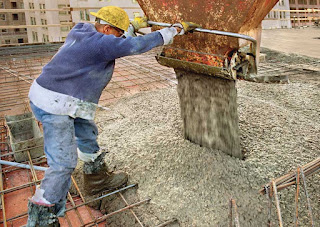Decanting machines are capable of extracting liquids from solids with great efficiency.
Decanting machines are versatile tools used in various industries to separate liquids from solids while maintaining the purity and quality of the liquid being transferred. They offer efficiency, automation, and scalability, making them valuable assets in industrial processes where liquid separation is required. Decanting machines are devices used to transfer liquids from one container to another without disturbing any sediment or impurities that may have settled at the bottom. They are commonly used in various industries, such as winemaking, brewing, oil refining, chemical manufacturing, and pharmaceutical production. The primary purpose of decanting machines is to separate the clear liquid portion from any solid particles or sediments present in the original container. This process is known as decantation . Decanting machines use various mechanisms to achieve this, depending on the specific application and the nature of the liquid being handled. Some decanting machines use centrifug




